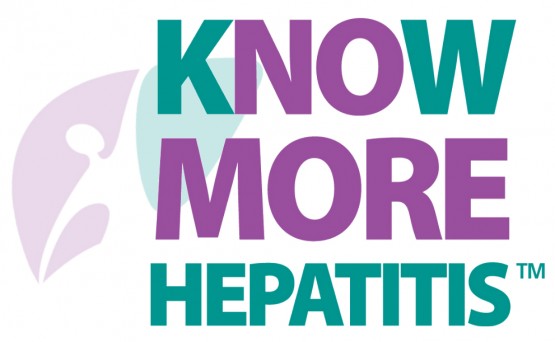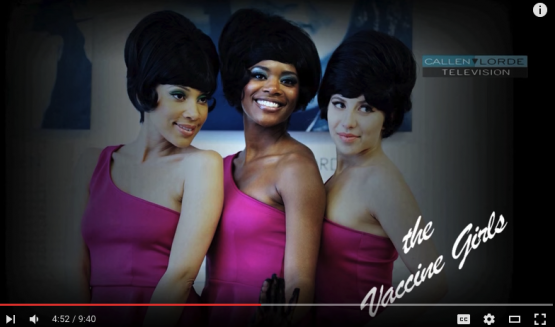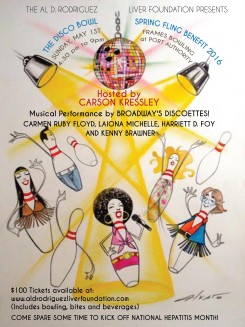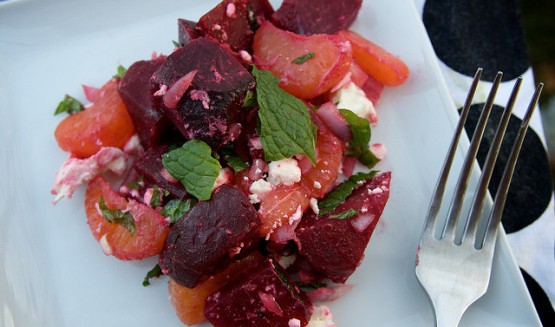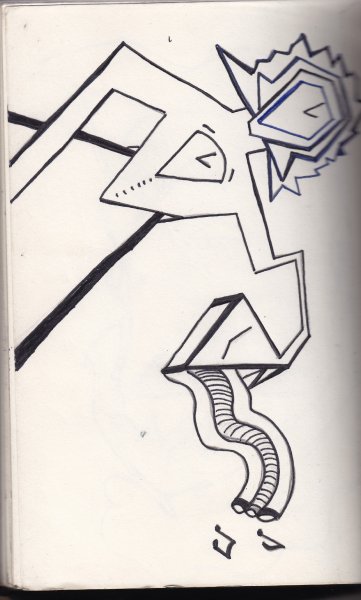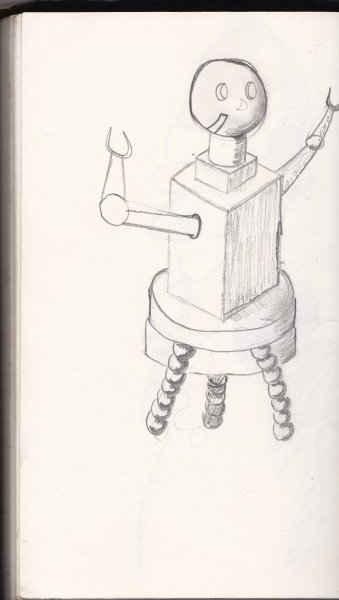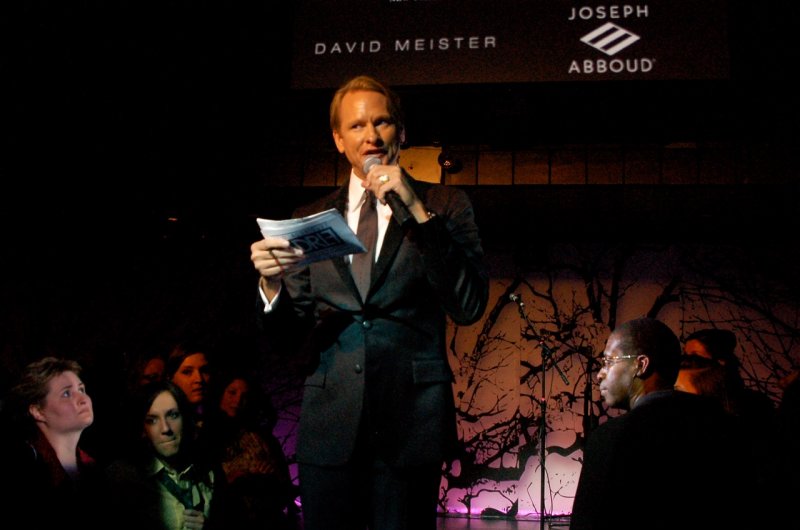World Hepatitis Day 2016 is just around the corner! For this year, the World Health Organization (WHO) presents the first ever Global Elimination Strategy for Viral Hepatitis with the theme “Elimination” — and the goal to eradicate hepatitis as a public health threat by 2030. ADRLF invites you to be part of this effort to support liver wellness across the globe!
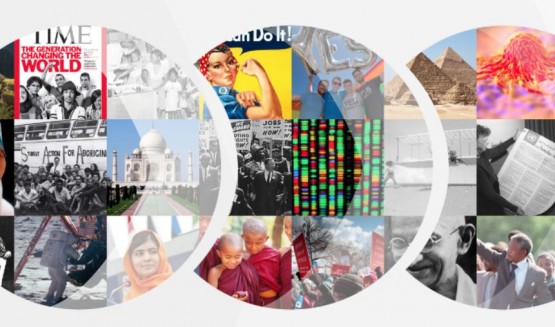
To date, over 400 million people live with hepatitis. Add to that their families and loved ones who are at high risk for getting the disease. With the support of the CDC, the WHO has set a strategic plan to achieve the amibitous but feasibale goal of eliminating hepatitis. The plan of action starts with increasing awareness about the different types of hepatitis and their risk factors, especially among susceptible groups including baby boomers. Second is to increase early interventions such as infant vaccinations against preventable liver diseases including hepatitis B. Third, among injected drug users, there needs to be specific measures to immediately detect hepatitis, prevent infection, and reduce transmission of hepatitis B and C. Fourth, to reduce the risk of hepatitis infection among health care providers, proper screening of clinic processes is also needed. Fifth, to ensure proper care of high risk individuals, they should be provided with efficient health services, from an accurate screening to treatment and symptom management. Finally, to have a global support for this advocacy, individuals and organizations must work together.
ADRLF has high hopes for the WHO strategy to yield positive results, particulalry in reducing mortality and increasing public awareness of this silent disease. This upcoming World Hepatitis Day on Thursday, July 28 offers our global community an ideal opportunity to learn, raise questions, and commit to this important cause.
Learn more about WHO’s Global Elimination Strategy here
Ready to commit? Participate in World Hepatisi Day activities here








